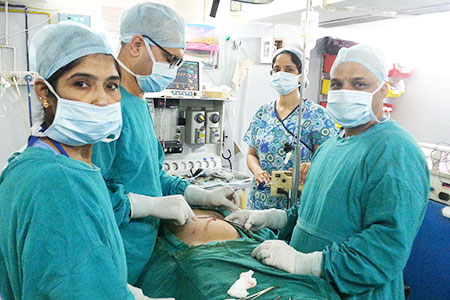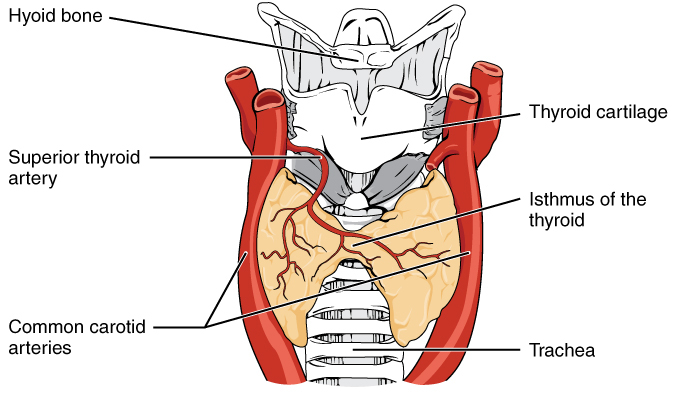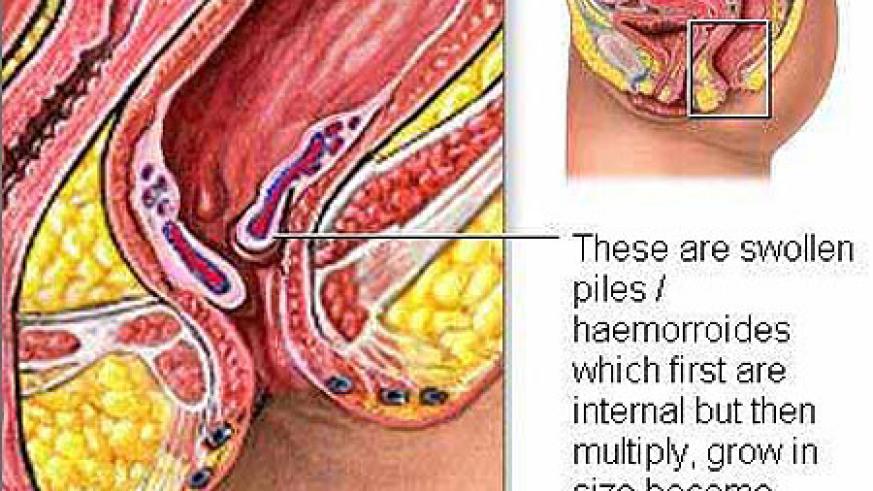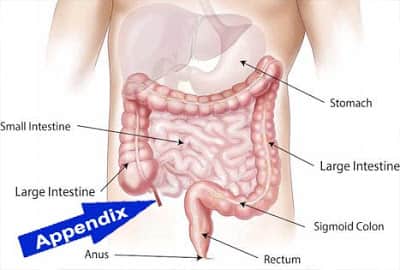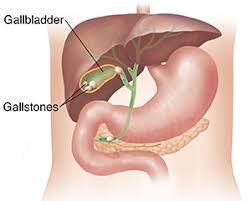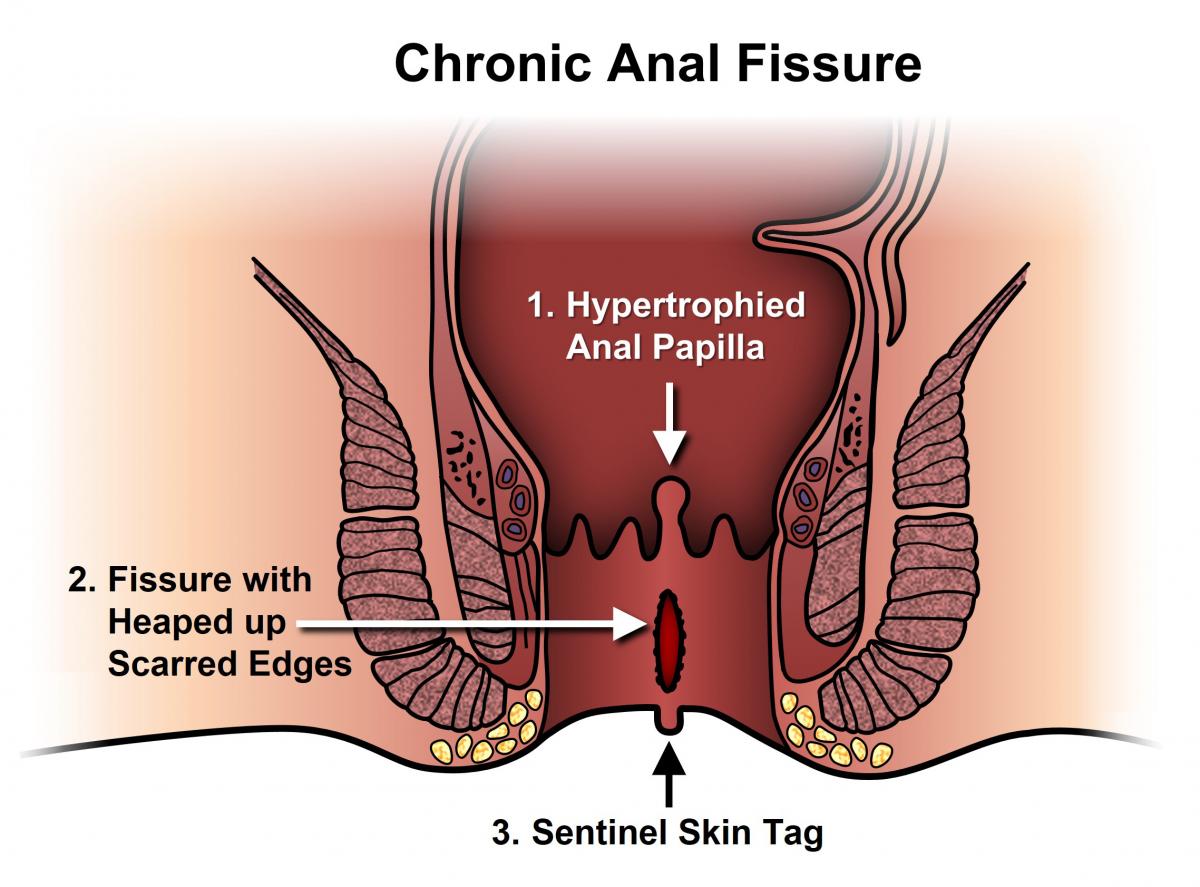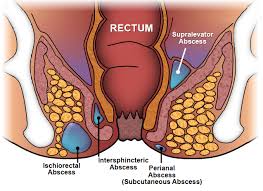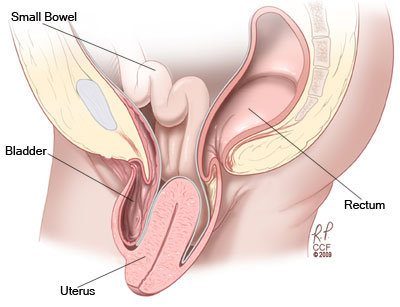Hernia
Hernia is a protrusion of abdominal contents into a sac. It is commonly seen in males in the groin and is called inguinal hernia. Females tend to suffer from incisional hernias through scars of previous abdominal surgeries. Umbilical hernias protrude through the umbilicus. Femoral hernias are visible in the upper thigh.
As the contents are abdominal, like fat and bowel, surgery is adviced on diagnosis. Delay can lead to bowel getting entrapped which is serious and needs major surgery.
All hernias are repaired by open surgery or by laparoscopy. A polypropylene mesh is stitched onto the defect to reinforce the wall which helps to minimize recurrence of the hernia. Usually, patients are hospitalized for two or three days. But they are advised to refrain from activities which increase abdominal pressure, like lifting heavy objects, till complete healing takes place.
Oncosurgery
Smoking, pollution and lifestyle changes have lead to an increase in the incidence of cancer all over the world. As this emperor of maladies has been snuffing lives relentlessly, the ability to detect and halt it, when in its early form, has become the need of the hour. Early diagnosis is ensured when symptoms are recognized and treatment is instituted, enabling an attempt at cure.
Oral malignancies have a good chance of cure if detected early and adequately operated upon. Similarly, thyroid and breast cancers can also be tackled. Cancers of the lung can be treated successfully if detected early. Cancers of the gastro-intestinal tract need investigations like gastroscopy, colonoscopy, ultrasonography and CT scan for early detection. Early and radical surgery is useful in many forms of these cancers to ensure a complete cure.
Many of these cancers need additional treatments like chemotherapy and radiotherapy to completely ensure their eradication from the body. Treatment completed in time ensures a normal lifespan for the individual.
Thyroid
The Thyroid is a small gland in front of the neck. It is responsible for normal functioning of the body. It is an endocrine gland meaning that its secretion is directly delivered into the blood stream and reaches end organs through blood.
Diseases of the thyroid are common in females. Enlargement of this gland can be both non-cancerous and cancerous. Blood tests of thyroid function are a huge help to diagnose and treat non-cancerous conditions. In thyroid cancer, doing a needle aspiration of the lump gives a good idea of the cancer type. When early cancer is detected, then surgical removal of the thyroid becomes necessary. After complete treatment by surgery and radio-iodine, the deficiency of the hormone is corrected by giving it in tablet form daily.
Piles
Piles or hemorrhoids occur because of loss of support to blood-carrying tissue in the anal canal. On straining at stools, patients experience painless bleeding. Later, this tissue starts prolapsing out of the anus and can be felt during ablution. Conservative treatment can be attempted in the early stages by increasing fibre and fluids in diet and abstaining from spicy foods.
If relief is short-lived, surgery is recommended. Early piles can be banded or coagulated with infra-red therapy on OPD basis. Later stages need open surgery in the form of excision and tying off the piles under anaesthesia. If prolapse is a component, then stapler procedure may be needed.
Surgery for piles is associated with varying degrees of pain. If surgery is performed under anaesthesia, patients are adviced hospital stay for 2 to 3 days.
Appendicitis
Appendix is a vestigial remnant at the junction of the small and large bowel and is sited in the right lower abdomen. It has a blind end and the other end opens into the cecum – the first part of the large bowel.
If obstructed or infected, it gets inflamed which is manifested as pain in the right lower abdomen. Rarely, it can get filled with pus and burst, discharging pus into the abdomen. Mild cases of infection of this structure can be treated with antibiotics. Severe infection is an indicator of surgical intervention.
Unfortunately, no investigation can identify an inflamed appendix with certainty and many times, it is a diagnosis of exclusion and clinical acumen. A raised total count of white cells in blood and corroboration by ultrasonography is useful to differentiate it from migrating kidney stones.
The appendix can be removed through a laparoscope wherein small puncture incisions allow entry of instruments to isolate and remove it. Another method to remove it is to take a small incision over it, reach it by cutting the peritoneum and amputing it.Since this surgery involves cutting some part of the bowel, patients are kept fasting for a day or two till bowel movements recommence. Hence, a hospital stay of 3 to 4 days after surgery is the norm..
Hydrocele
When fluid accumulates in the scrotum around the testes, it is called as hydrocele. When untreated, it can assume alarming sizes. The only treatment for hydrocele is surgery. Here, the scrotum is incised and the fluid is drained. The sac enclosing this fluid is rotated and fixed behind the testes by stitching. This is called eversion and ensures that this condition does not recur. Patients need to rest for 2 – 3 weeks before they can get back to work.
Gallstones
The gall bladder acts as a store for bile which is a liver secretion. It aids in the digestion of ingested fat. Unfortunately, some people develop stones in the gall bladder, women being favored than men. Reasons are many and range from infection to bile abnormalities.
As long as they are restricted to the gall bladder, they remain fairly asymptomatic. If they crawl into the bile duct, they can cause painful inflammation of the pancreas which is challenging to treat. A gall stone entrapped in the bile duct can lead to jaundice due to obstruction to the flow of bile.
The only treatment for gallstones is to remove the gallbladder surgically. With the advent of laparoscopy, it is possible to remove the gall bladder through small puncture incisions. The remnant scars tend to fade with time. After removal of the gall bladder, patients do not develop restricting residual symptoms. Though laparoscopic removal has become the gold standard for gallstones today, in rare instances, it is necessary to remove the gall bladder through a standard cut made in the right side of abdomen below the ribs.
Fissure
Fissure is a wound in the anal canal which develops due to forceful passage of hard stools. Usually, these wounds occur in the front or back, appropriately called anterior or posterior fissure. Patients experience severe pain during and after stool passage. Bleeding is limited to streaking of stools. Perianal burning is also a component of symptoms. Most of the fissures can be kept under control by following a diet high in fluids and fibre and low in spice. Perianal cleanliness by thorough washing of the area mitigates the pain. Local salves also reduce the discomfort. In resistant cases, surgery in the form of cutting the anal sphincter to relax the canal is of benefit.
Fistula
Fistula is an abnormal tract connecting the anal canal to the skin. It discharges pus, fluid or stools, as the case may be. It is usually the result of the breaking open of an infected anal gland. Persistent colonization by stools and organisms in it keep this tract open. They are of two types – high and low. Surgery is the answer to this condition. Low fistulas can be removed or opened up. High fistulas are tricky to treat and need long time follow up and repeated surgical interventions.
Prolapse
Loss of support to the anal canal leads to sinking of the mucosa out of the anus, especially during defecation. When it becomes troublesome, it needs to be treated. Surgical options are varied. Simple mucosal prolapses can be treated by stapler hitching. Complete prolapses need an abdominal surgery wherein the rectum is fixed to the sacrum usually using a mesh. In the very old, a simple stitch around the anus is enough to contain the problem.
Ganglion
These are fluid filled swellings occurring over tendons and joints. They can be surgically removed or managed by injection therapy. They have a notoriety for recurrence.
Diabetic Foot
With the epidemic of diabetes making its presence felt in our country, so have the problems associated with it. Since diabetes affects the blood supply of the feet, those injured, carry non-healing wounds for a long time. If adequate care is not taken, these wounds progress to full-blown infection involving the bones and soft tissues of the foot and leg. An infected foot or leg then proceeds towards amputation. In diabetes, the aim is to perform conservative amputation wherein as little of the part is removed as possible. This is to ensure that patients remain self-ambulant and self sufficient. Since diabetes destroys pain sensation in the feet, protection of feet by proper footwear assumes utmost importance.



